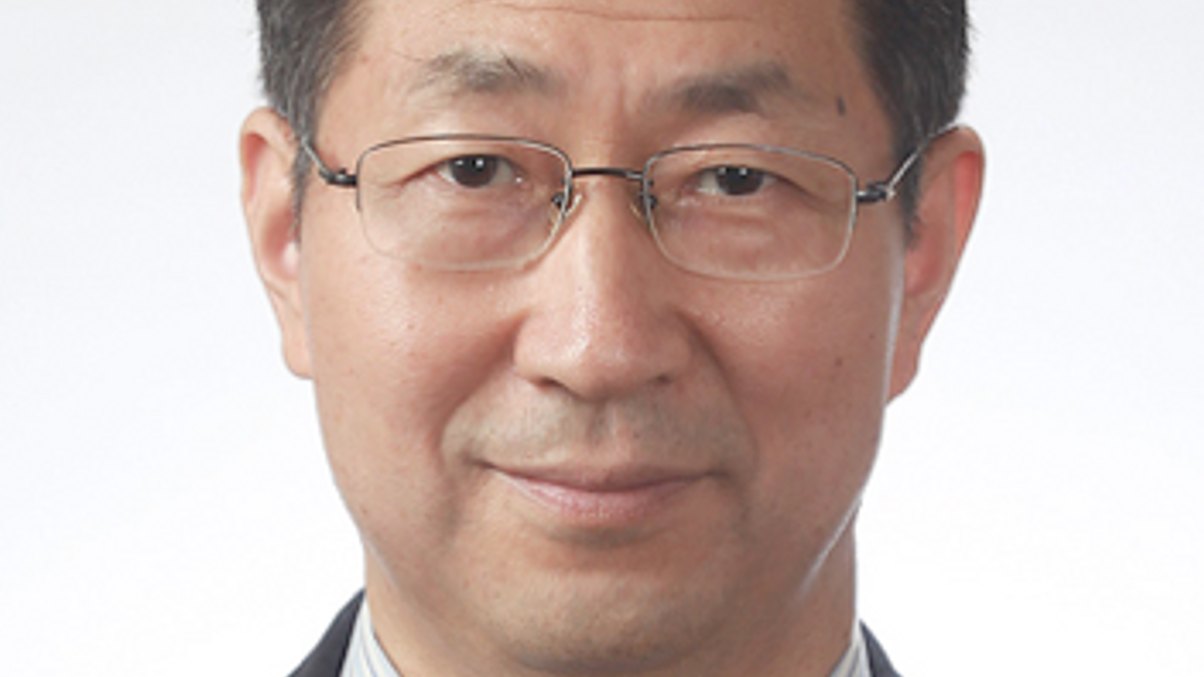Korean institutions plan allocation shifts
Size limitations and low yields are prompting investors to re-assess exposures to bonds and domestic equities and explore alternative strategies, an AsianInvestor forum in Seoul hears.

Korean institutions are being driven to raise overseas exposures to counter size limitations and low yields in their domestic market, creating opportunities for global fund houses, a forum in Seoul heard yesterday.
Sign in to read on!
Registered users get 2 free articles in 30 days.
Subscribers have full unlimited access to AsianInvestor
Not signed up? New users get 2 free articles per month, plus a 7-day unlimited free trial.
¬ Haymarket Media Limited. All rights reserved.


